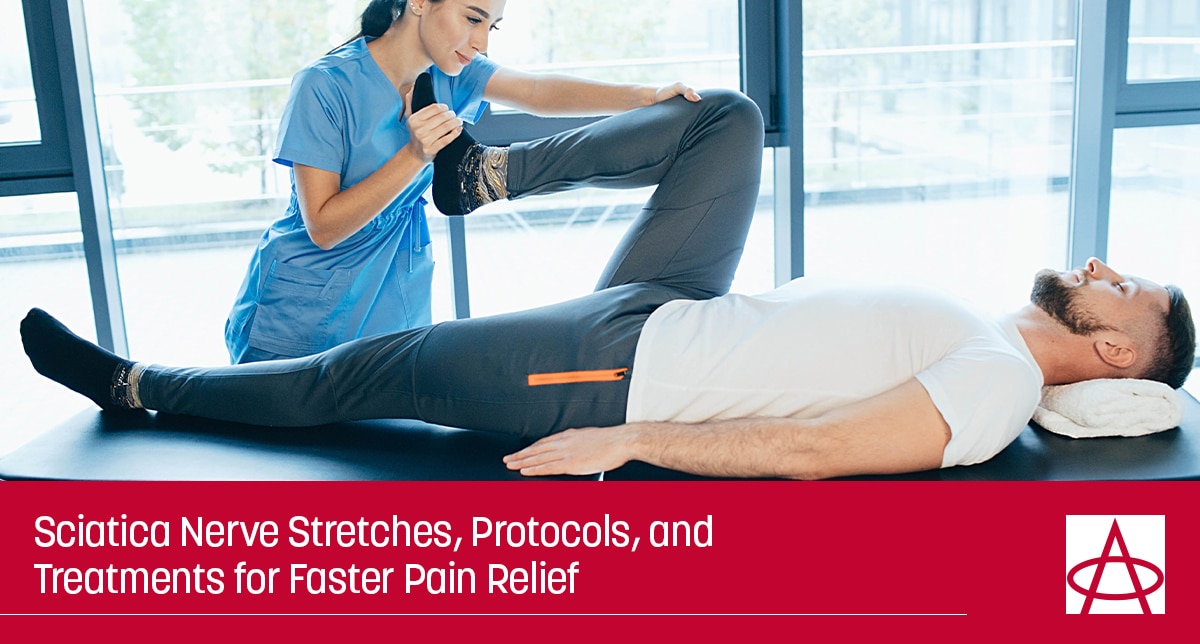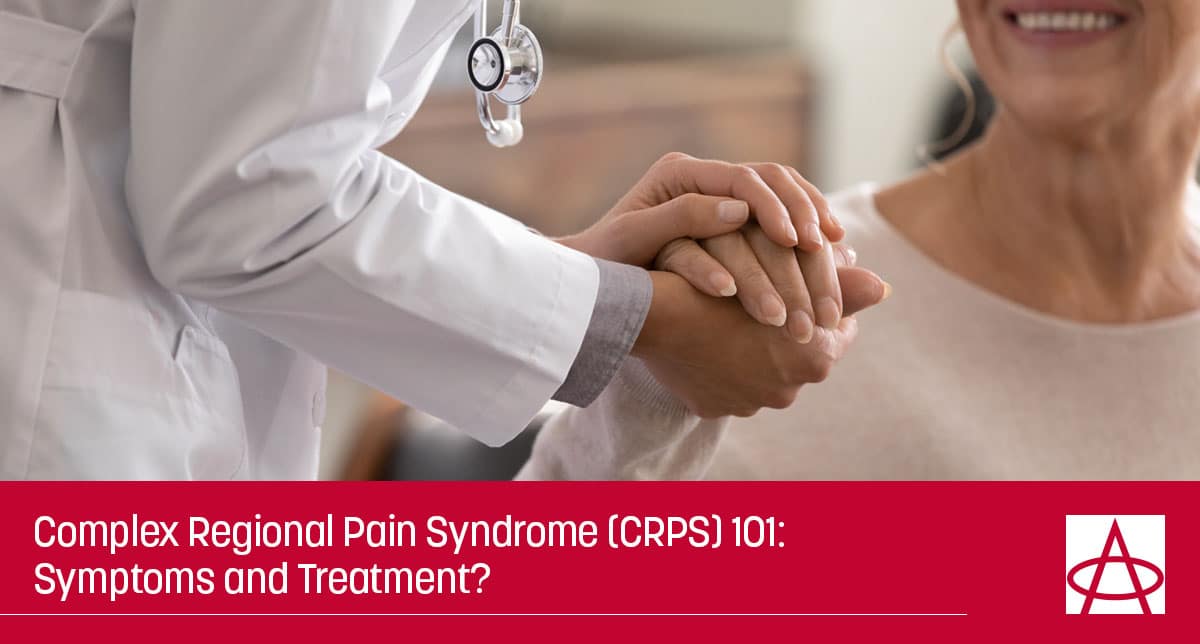Johnny’s Journey: Spinal Cord Stimulator Success
The Injury In August of 2019, Johnny fell into his fireplace and developed extreme pain like he’d never felt before. Though he went to one of his own doctors, they’d told him nothing was wrong, but he insisted that he try another primary care doctor to get some answers. Finally, after finding a doctor who encouraged him to get an x-ray and learning that his 3 fractured bones were not normal for a 40-year-old to have after a fall, he was diagnosed with severe bone loss, which was something he’d had but never found out about until that very moment. Meanwhile, his uncle
Lawanda Finally Found Relief with a Spinal Cord Stimulator
28 years ago, Lawanda fell down a flight of stairs. And while doctors handed her some medication and a boot and said it wasn’t broken, every four to five months, she’d feel pain in the same area. Finally, she went to the doctor again when it seemed to last longer than it normally did. She got a screen in her ankle, because her foot has started turning inward, and eventually got surgery of two rods put in her foot. Since her injury, Lawanda’s husband had a spinal cord stimulator put in that yielded tremendous well for his back, leg, and knee pain. But
How Angie Experienced Relief with a Spinal Cord Stimulator
Angie’s Back Injury For 15 years, Angie has been on the clinical side of healthcare. Day in and day out, she’d work in the operating rooms and treatment rooms, until one day when she was helping a doctor with a heavier patient. As he was falling off the table, she scooped down to help him, and all of a sudden, felt a *pop.* An intense pain shot down her right leg, and immediately, she knew something didn’t feel right. As soon as she was able to, she found a pain care clinic where she started going through a series of injections, as she
Treatment Options for Sacroiliac Joint Dysfunction
By Matthew Hellman, M.D. Firstly, what is sacroiliac (SI) joint dysfunction? That large bone you’re probably sitting on right now as you read this? That’s your sacrum. It’s where the tailbone at the end comes together with the hip bones– the ilium– to create the iliac crest. Hence, the sacroiliac joint! You’ll find this joint on the side where the lower back meets the buttocks as a fairly large weight-bearing joint that, for many, goes unaddressed for a long period of time. Recently, though, it’s been gaining more notoriety as a cause of lower back pain, buttocks, thigh, groin, or even lower abdominal
Mental Health, Chronic Pain, and the Power of Hope in Pain Management
By Advanced Pain Care; an interview with Dr. Victor Taylor “Pain is a more terrible lord of mankind than even death itself.” This quote by Albert Swietzer is, fortunately not a truth most of us have to deal with on a daily basis. For some people, however, pain becomes an ever-present part of their lives. Everyone has experienced pain. By the time we are old enough to remember anything we have had multiple falls, pinches, scrapes, and dings. By the time we reach adulthood, most people have had a sprained ankle, broken bone, or a cut that required stitches. As we progress through
What Causes Meniscus Tears and How to Treat Them
What is a meniscus tear? Oh no-- you think you've got a meniscus tear? You're in the right place to learn about its causes, effects, identifiers, and cures. Let’s dive right in. Picture a C-shaped piece of cartilage in your knee that sits right under the patella and acts like a shock absorber between your thighbone and shinbone– that’s your meniscus. A meniscus tear is when that little cushiony cartilage in your knee, which acts as a shock absorber between your thigh bone and shinbone, gets torn. When intact and healthy, your meniscus keeps your knee stable, but when it’s not, could cause
Sciatica Nerve Pain Treatments for Quick Pain Relief
By Jennifer Falzone, PT Since starting our Advanced Physical Therapy practice in November 2022, our team (of two!) has been excited to welcome new patients into APC for all their physical therapy needs. We service all populations, from pain to orthopedic to neuro to rheumatology, and I have to say, the moment I started working with APC, I felt the integrative, collaborative approach that makes me feel confident that we can all make good decisions for our patients as a collective of pain care specialists working as a team. The Patient Experience at Advanced Pain Care The key that many patients are starting
Complex Regional Pain Syndrome (CRPS) 101: Symptoms and Treatments
By Advanced Pain Care Complex Regional Pain Syndrome (CRPS) is a condition where you have pain in your upper and lower extremities (arms, legs, hands, and feet). Doctors do not quite know the cause of this condition. Still, most believe it is usually caused by an injury to the peripheral (nerves outside the brain and spinal cord) and central nervous systems (CNS) (consisting primarily of the brain and spinal cord nerves). According to studies, tissue trauma due to injuries may stimulate the immune system to release inflammatory chemicals into the affected area. According to other research, the cause may be to impair
How Can I Manage My Stress When I Suffer From Migraines?
By Ryan Jacobs M.D. Migraines are a type of headache that presents in a series of stages. There is a prodrome stage which is usually characterized by fatigue, nausea, and sensitivity to light and sound. During this phase, you could also experience neck stiffness or sleep problems. In some individuals, you could also experience the aura stage. The aura stage is characterized by numbness and tingling in various parts of the body and vision changes. Most people, if not all, migraine sufferers will experience the headache stage, characterized by throbbing, pulsating, debilitating pain around the head, along with nausea, vomiting, and sensitivity
I Have Rheumatoid Arthritis: Now What?
By Dr. Sam Pegram Rheumatoid Arthritis (RA) is unlike osteoarthritis, which the latter is a result of mechanical wear and tear on your joints. Instead, Rheumatoid Arthritis is a chronic auto-immune disease characterized by the infiltration of inflammatory cells into the joint capsules. Those cells release enzymes that reduce the overall cartilage and primarily affect the smaller joints in your body, such as your wrists and hands. Rheumatoid arthritis can spread to bigger joints in your body, like your elbows, ankles, and knees, but it typically doesn’t attack the largest joints in your body, like the ones in your back, for example.











